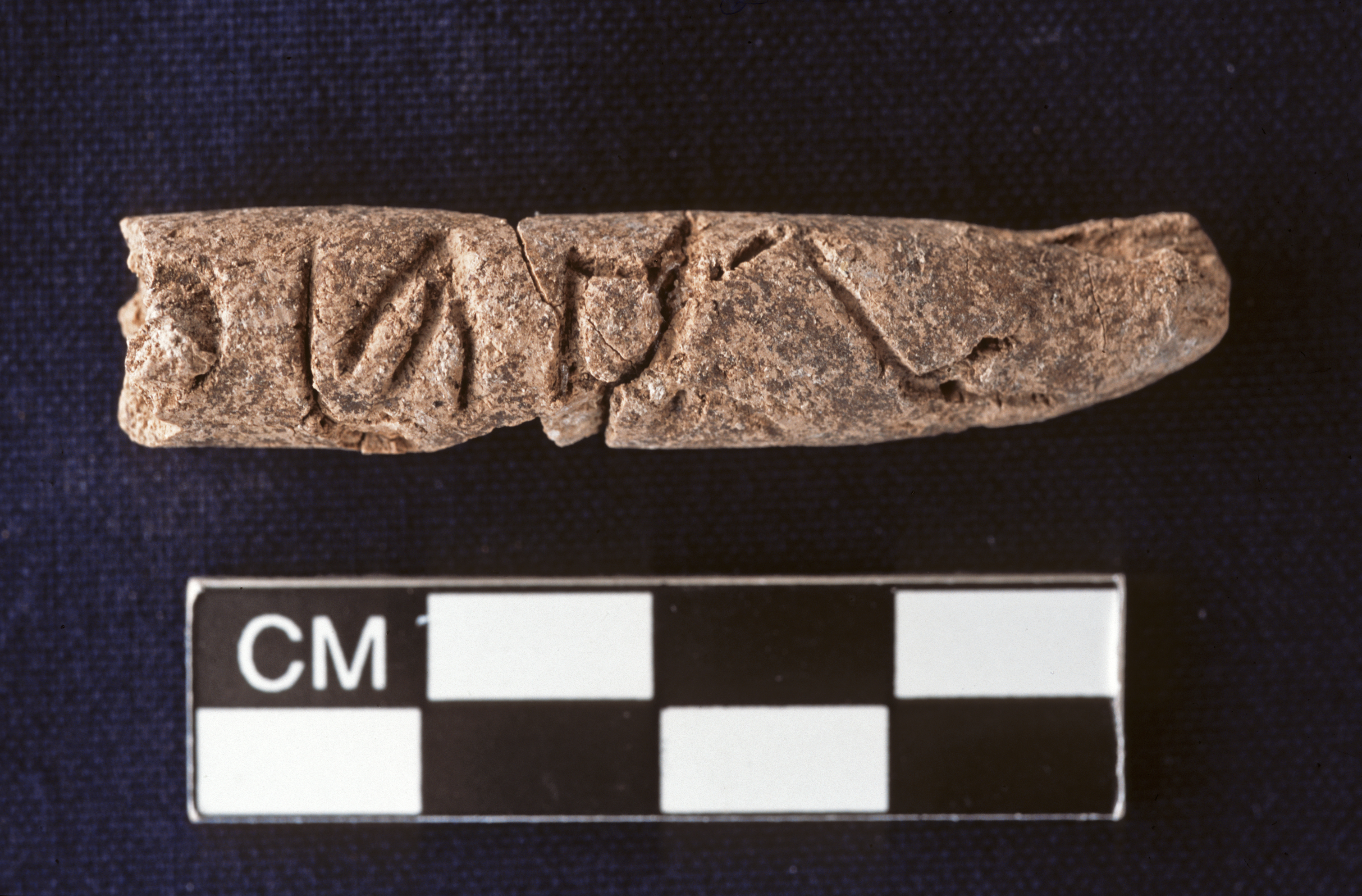An emperor penguin has been returned to the Southern Ocean, 20 days after washing up on a beach in southwest Australia in what is thought to be the first recorded instance of this species swimming from Antarctica to Australia.
Officials confirmed that the adult male penguin—dubbed Gus—was discovered on Ocean Beach in the Australian coastal town of Denmark on Nov. 1, around 2,200 miles from his Antarctic home.
Found on the sand dunes of this temperate beach, the penguin's arrival was a rare and puzzling event, because emperor penguins are typically found only in the frigid waters of Antarctica, far to the south.
After spending nearly three weeks in the care of a registered wildlife caregiver, Carol Biddulph, Gus was released back into the wild on Wednesday.

Where Do Emperor Penguins Usually Live?
A Parks and Wildlife Service boat took Gus several hours south from the city of Albany before setting him free into the Southern Ocean.
Biddulph, who named the penguin after the Roman Emperor Augustus, had initially been uncertain about Gus' chances of survival due to his severe malnutrition when he was first found.
"I really didn't know whether he was going to make it to begin with because he was so undernourished," Biddulph said in a video released by the Western Australia state government. "I'll miss Gus. It's been an incredible few weeks, something I wouldn't have missed."
In her care, Gus gradually regained strength, going from 47 pounds to 54 pounds.

Can Emperor Penguins Survive in Temperate Conditions?
Despite still being underweight for a full-grown emperor penguin, which can typically exceed 100 pounds, Biddulph said Gus had made a remarkable recovery.
While no wild emperor penguin has ever been reported in Australia previously, the species has occasionally been spotted in New Zealand, which lies farther south.
With the Southern Hemisphere summer approaching, time was of the essence in returning Gus to the ocean.
The penguin needed to be able to thermoregulate in the cooler waters of the Southern Ocean to survive the warmer months. "Emperor penguins are built to live in icy, subzero temperatures, so it was crucial we got Gus back to his natural habitat as soon as possible," the government said in its statement.
What Is Special About Emperor Penguins?
Emperor penguins, the largest of their species, are known to undertake long foraging journeys, sometimes covering up to 1,000 miles in search of food, often spending up to a month on the move.
But Gus' incredible journey, likely accidental, has captivated the imaginations of wildlife lovers and researchers alike.
Now, back in the wild, Gus will once again face the challenge of surviving in the vast, cold expanse of the Southern Ocean, far from the warm shores of Australia that he unwittingly visited.
This article contains additional reporting from The Associated Press




















 English (US) ·
English (US) ·